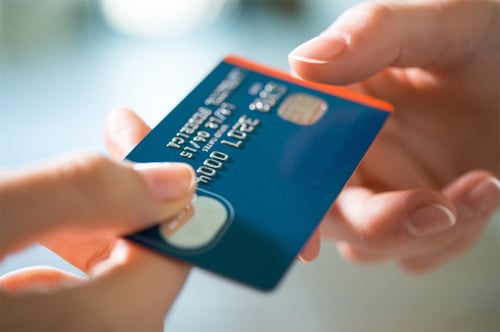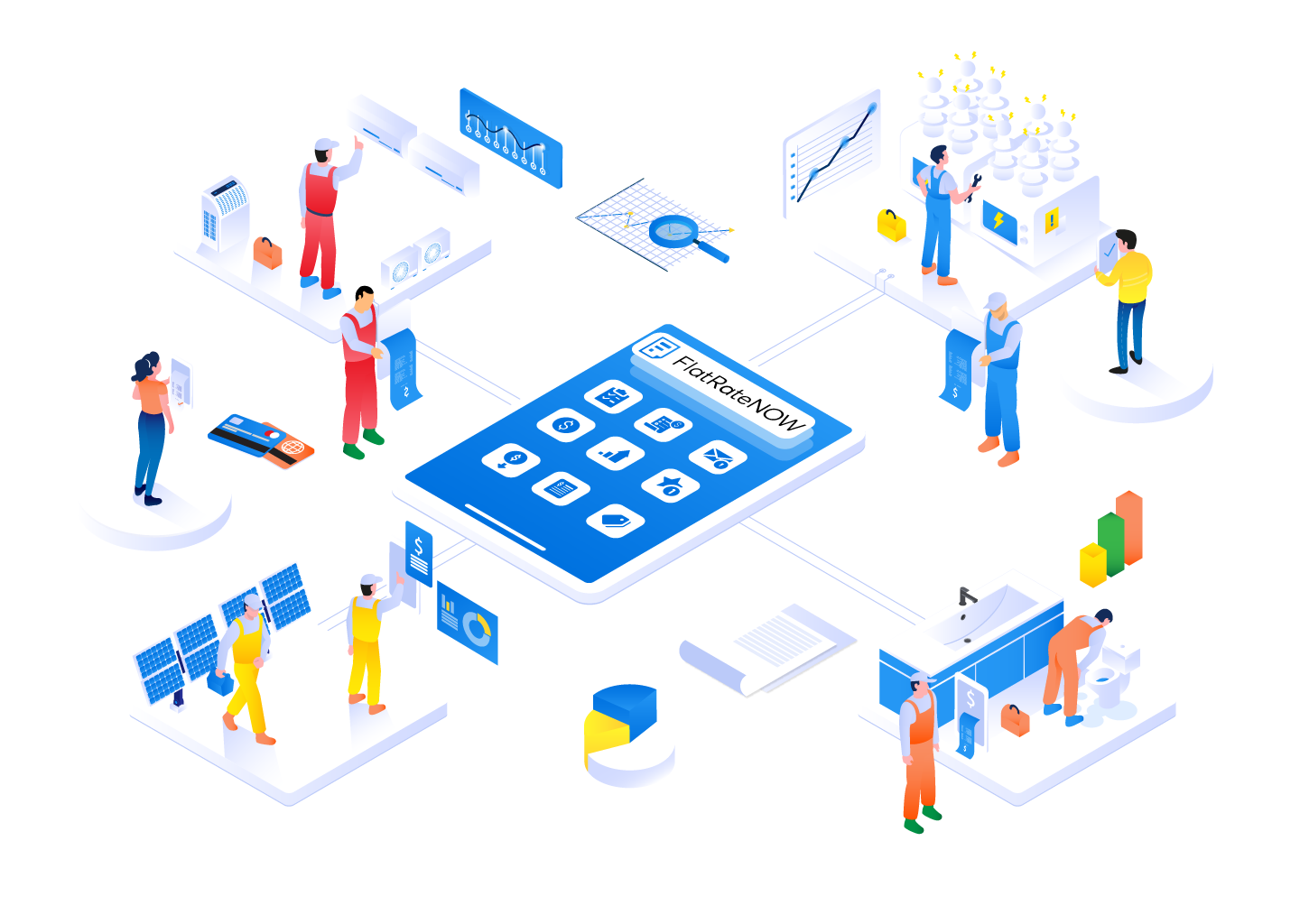
Paying for services is only getting easier and easier. Businesses have access to a wide variety of payment methods, all with the vision of making it easier for your customers to transact with your business.
Whether it is accepting a cheque, having your customer pay via card or preparing a financed solution, all of these solutions are focused on making sure you get paid as quickly as possible.
Of course, receiving funds from a cheque isn’t as quick as accepting payment through card but it is still a method of collecting funds ‘immediately’ so that you can move onto the next step in your process - reconciliation.
Is there a problem with not accepting payment immediately?
Businesses that do not accept payment onsite before leaving the job open themselves up to a range of potential problems, such as:
Increased debts to third parties (suppliers, contractors)
You may have materials outstanding from your local suppliers or contractors that worked on the job for you, and they are all expecting to be paid as soon as possible.
Lost time chasing payments (energy, money, time)
Debt collection is not a cheap exercise. It burns company resources because an employee that could be working on a project to further your business, is burning time and energy, phoning clients trying to get payment.
Increased stress (impacting mental health)
Generally an invoice in red font with a nasty minus sign at the front of the dollar value, indicates that you have not been paid. As the number of unpaid invoices grow in your accounting software, so does your stress because you understand that if they don’t get paid, your debts are only going to keep increasing.
These problems are further exacerbated if you don’t actually issue your invoice onsite but we’ve already covered the benefits of invoicing immediately in a separate post!
What benefits can you enjoy if you get paid at the end of the job?
There are a number of benefits both you and your business will enjoy if you begin to collect payment immediately after the job is finished. These can be:
Increased Cashflow
By collecting payment immediately, you are expecting to receive your funds within 48 hours (Depending on your payment methods).
Reduced stress
The moment you wake away from a customer without collecting payment, you are trusting that your client will pay you as soon as possible. This places undue stress on your body, and if you forget to follow up your client, you risk increasing your debts.
Improved business processes
Collecting payment immediately is an important business process. By delaying payment, you are also delaying the next important business step which is reconciliation in your accounting software.
Increased profitability
If you get paid immediately, you can distribute the funds from the job to where they need to be quicker. This means that you can check to see your profitability on the job and if any changes are required for future jobs.
Here are some tips to getting paid immediately at the end of the job
There is no guaranteed process that will ensure you get payment upon completion of the job 100% of the time but there are some steps you can take to maximise your chances of getting paid.
- Make sure your customer understands what payment methods are available when scheduling your services
- When you arrive onsite and present your quotation, ensure you clearly articulate the payment methods that are available
- Ensure your quotations include a specific statement indicating that payment must be provided upon completion of the job
- When your customer accepts the quotation, ask them what payment method they will be using upon completion of the job
- If you allow your customer to pay you at a later date, ensure you capture in writing when they are expecting to make payment and have them sign the document or confirm by response by email. This will help your office.
We all want to make sure we get paid when the job is finished, so make sure you take all the necessary steps to ensure you make it clear and simple for your customers to transact with your company.

